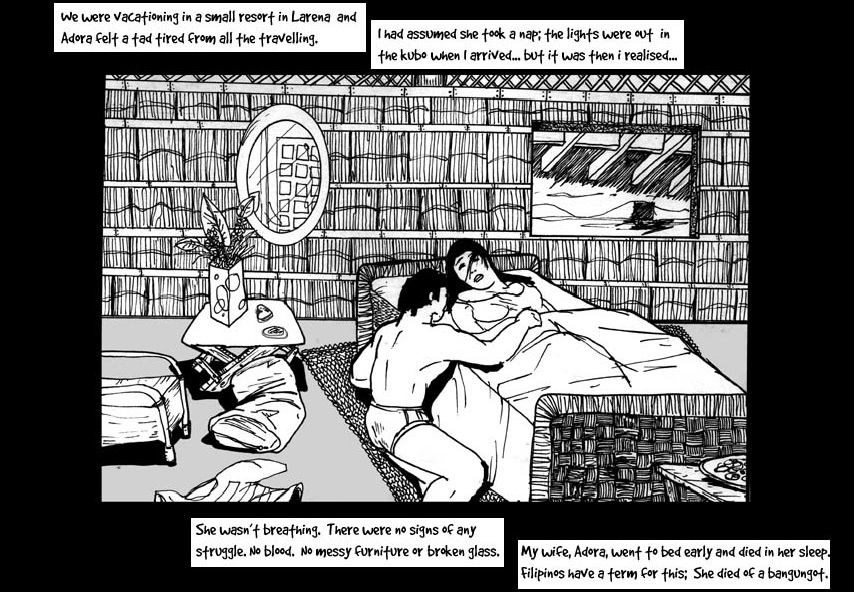Quinceanera
This is the celebration of the daughters fifteenth birthday and is a rite of passage for a young Mexican girl as she enters womanhood. Some of the traditions during this ceremony include a dance with her father (which is the most important), goes to church for confirmacion (confirmation) which is a ceremony exclusively for family. The party afterward is for friends and other guests. Prior to the celebration the girl cannot wear high heels or make-up and cannot dance with a boy. However during the party, after she dances with her father, she has to dance with the boy she chose to be her date to her quinceanera.
Notes:
The subject was eager to talk about this celebration as it is a huge part of Mexican culture. Quinceanera is the celebration of the daughters fifteenth birthday, which represents a transformation from a child to a woman. The subject talked to me for awhile about the ceremony and the different aspects of it. She said it was the first most important day of your life. She told me that most people say that a wedding day is the most important day in a girls life, but she said that this day is all about you as opposed to you and your husband to be. She went through the different occurrences during the day, stating that the first thing the girl and her family do is go to church and for confirmacion. This is a custom that allows the girl to assert her faith by her own free will as opposed to having her parents make the decision for her. This is a crucial step in becoming a woman.
After church the girl hosts a party where relatives and friends are allowed to come. The girl must wear a white gown to her party and flat bottom shoes. The celebration lasts for hours, with food and dancing as the main activities. The most important part of the party is the dance between the father and the girl, this marks the last dance she has with her father as her dads little girl. She is then presented with a pair of high heels which represent maturity and grace. Prior to her quinceneara the girl was not allowed to wear high heels, make-up or dance with boys. The next part of the celebration includes the dance with the date she brought to the party, this is significant because it is another sign of growing up, as the girl can now have relations with boys. The subject said that the parties are always a lot of fun and bring the community together in celebration.
I think that this ceremony or rite of passage is amazing. It has so many traditions that have stood the test of time, with the father daughter dance, the presentation of the shoe, and the white gown. I think that there are many symbols throughout this celebration, for example I think that the white gown is meant to symbolize purity, and perhaps in the past this was a wedding celebration as well, and once the girl turned fifteen she was eligible to be married. I also think that the shoes and the lift of the prohibition of boys and make-up are symbols of adulthood and maturity. This ceremony reminds me of the cotillion or a debutante ball, in which girls of age 18 or so have an introduction to society party, where they also don white gowns and dance with their fathers. The balls are very similar in significance as well as both are coming of age ceremonies. The confirmation of faith at the church is much like Christian and Catholic Confirmation which occur in 10th and 11th grade respectively.

